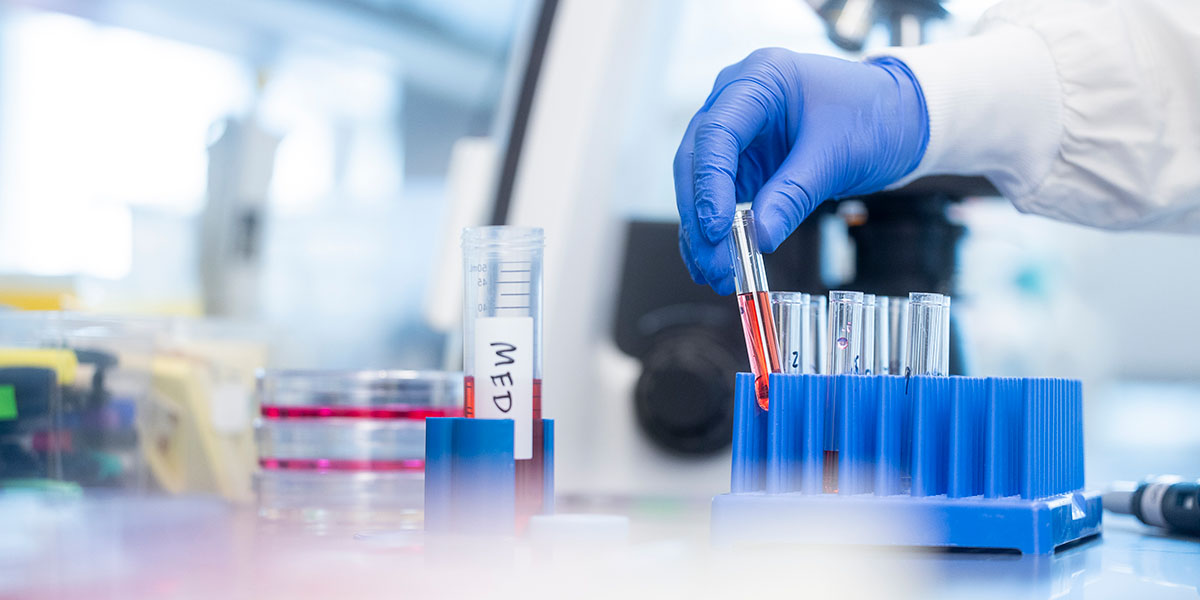Decoding the CAR T-Cell 'Signalosome': A New Path to Safer Cancer Therapy
Published
Featured Researchers

Summary
Researchers at Seattle Children's Research Institute have made new insights in cancer immunotherapy, discovering a method to predict which manufactured batches of CAR T-cells are likely to cause side effects. This first-of-its-kind study offers a potential path to making CAR T-cell therapy safer and more predictable for children and young adults battling cancer.
Q: What critical challenge in CAR T-cell therapy does this research address?
A: While Chimeric Antigen Receptor (CAR) T-cell therapy is a potentially curative treatment for certain blood cancers, it carries an unpredictable risk of cytokine release syndrome — a severe, immune-driven inflammatory reaction. The core problem is the inability of clinicians to determine which manufactured cell batches will be safe or high-risk before they are administered to patients. This research sought to identify the molecular clues that explain why some CAR T products cause severe inflammation while others do not.
This discovery is an important step toward precision medicine in cell therapy. For the first time, we can look inside a patient’s CAR T cells, read their molecular 'fingerprint,' and accurately forecast the risk of severe inflammation before treatment begins.
Q: What is the primary, first-in-field discovery presented in this study?
A: This is the first study to show that the precise network of proteins linked to the CAR T-cell receptor — its “signalosome” — can be measured before a patient gets treated. The research team found that subtle variations in this protein network create a "fingerprint" that predicts a patient's risk of developing severe cytokine release syndrome.
Q: What clinical and translational impact will this research have on CAR T-cell treatments?
A: This study provides a potential path toward making CAR T therapy safer and more predictable by offering a way to assess risk before the infusion. By using a screening tool to analyze the unique "signalosome fingerprint" of each cell batch, clinical outcomes could meaningfully improve:
- Spot High-Risk Batches: Hospitals can proactively identify cell products that are likely to cause severe cytokine release syndrome before they are given to the patient.
- Treat Smarter: Doctors can adjust a patient’s dose based on the product’s measured risk.
- Guide Next-Gen Design: This knowledge gives clear targets for designing CAR receptors, making future cell therapies safer and improving overall patient outcomes.
Q: What are the next steps for the Seattle Children's research team?
A: The Molecular Dynamics Lab, led by Stephen E.P. Smith, PhD, at Seattle Children’s plans to expand testing to larger groups of patients and different CAR designs to build a reliable, quantitative “risk score” for cytokine release syndrome. The long-term goal is to turn this research into a rapid, clinical-grade test that quickly screens CAR T-cell products for toxicity risk as a standard part of manufacturing quality control.
This research was published in the Journal for Immunotherapy of Cancer.


